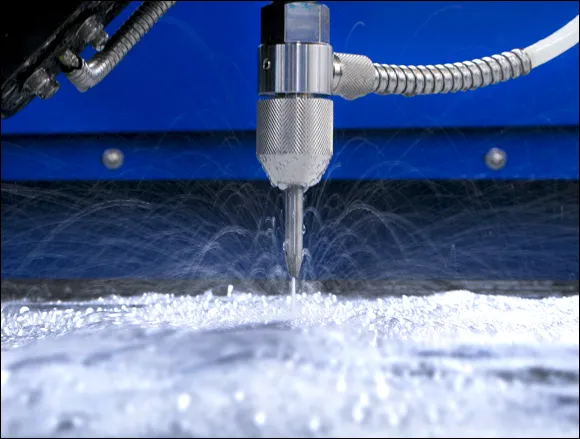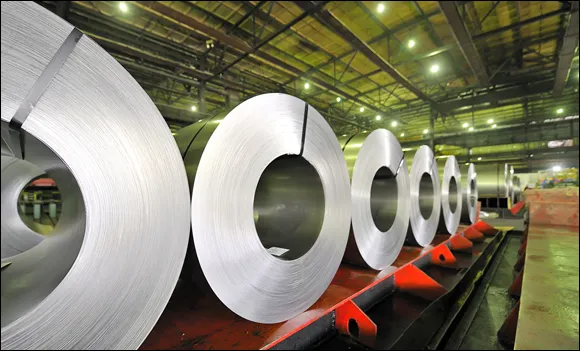Buzz the tower of common fabricating technologies. Don’t worry; it’s perfectly safe.
Learn the importance fabricating has to your everyday life and why there’d be no cars, appliances, or lawn furniture without it.
Cruise through a short fabricating history lesson and learn interesting facts about a bunch of ingenious, mechanically-minded people.
Explore metal sheet, plate, and tubing, gaining great appreciation for hardware stores and metal supermarkets along the way.
IN THIS CHAPTER
Introducing basic metalworking processes Understanding the difference between bending and forming Comparing fabrication to other manufacturing processes Taking apart the machine for a peek inside In 1987, ex-Beatle George Harrison released the hit song, “When We Was Fab,” in which he lamented the loss of his youth and the subsequent breakup of the original boy band from Liverpool. In spite of his poor grammar (or perhaps in part because of it), Harrison’s tune caught on. Although it might sound silly, I can’t listen to the late musician’s hit single without thinking about the fabrication, or fab, shop where I once worked, the sounds of stamping presses and laser cutters rattling about behind my ears. Am I crazy, or is that a sign of too many years making parts?
It’s certainly not the latter. Metalworking is an awesomely cool profession (albeit one that’s a bit noisy), and I wouldn’t trade the memories of those sounds and smells for anything. Walk into any fab shop and you’ll immediately know what I’m talking about — the boom …boom … boom of the heavy stampers reverberating through the floor like the footsteps of a not-so-distant giant.
From the other side of the factory comes the machine-gun sound of the turret presses, the crackle of the welders, and the hiss of lasers and waterjets and high-density (also known as high-definition) plasma cutting machines patiently slicing through steel. It’s an awesome experience. Yes, it can be a loud place (be sure to wear your hearing protection), but there are some wondrous things going on here; metal is being shaped and stamped and sliced and bent into parts that are used all over the world and held to tolerances finer than the thickness of a human hair.
Defining the Processes
Even more so than those shops that cut metal on lathes and machining centers each day (that is, machine shops), every fabrication shop is different. Where some specialize in welding large metal structures like electrical distribution towers and railroad trestles, others cater to customers looking for hydro-formed parts or millions upon millions of stamped-metal widgets.
The term fabricating covers a diverse set of technologies, some performed on generic machine tools that might accommodate dozens of distinct processes, others on specialty equipment that does only one thing. I dive more deeply into the more common of these processes in Part 2, but for now, let’s take a 30,000-foot view of all that it might mean to be a fabricator, starting with cutting, a generic term that includes cutting metal with a stream of high-pressure water, a high-powered laser, or a jet of super-hot plasma, and is one of the primary operations performed on sheet metal, plate stock, angles and shapes, and billets.
Cutting up
Look up the word “cut” in the dictionary and you’ll see it described as “using a sharp instrument to sever, slice, or chop” something, as in “I cut my big toe on the doorjamb last night.” Ouch. When it comes to sheet metal, however, cutting generally means fracturing the material — no sharp edges are needed, at least not like the tip of a kitchen paring knife.
Punching and shearing operations usually require two precision-ground edges to be slid past one another, often at a high rate of speed but not always so. As they pass, the material trapped between these opposing forces deforms momentarily and then fractures, whereupon a section of raw material literally breaks away from the sheet, plate, or angle from which the workpiece is being made. Examples include the punch and die set used to punch out millions of shiny new pennies, or a huge scissors-like machine tool known as a
shear (something I
slice into shortly).
To be completely accurate, much of the “cutting” done in the fabricating world is actually a shearing operation of some sort, although that’s not to say you can’t cut a piece of material with a bandsaw — it’s done all the time but is generally reserved for materials too thick to shear using conventional means, or by shops that don’t have a heavy-tonnage shear.
Even though the mechanisms are fundamentally different, the term cutting has also come to encompass newer technologies such as abrasive waterjet machines and laser cutters, both of which are giving their centuries-old shearing counterparts a run for their money (see Figure 1-1).
Shearing specifics
My wife owns a set of heavy-duty kitchen shears. She hides them in the drawer behind the Ziploc bags, and occasionally inside her nightstand drawer. I love those shears, and even though she yells at me for doing it, I use them to cut everything. Aluminum foil, cardboard, rope, that nearly-impossible-to-open plastic packaging that once contained my latest Captain America figurine — you name it, they cut it.
But shears do far more than create domestic disputes in the kitchen. Industrial shears are just as important to those who process sheet metal for a living. They function in much the same manner as their smaller household counterparts, by passing a blade of hardened steel past a stationary but similarly shaped blade below. This fractures the metal, and if all has been set up properly, will leave a straight, clean edge with minimal burr. (Burrs are those annoying, ragged, and often sharp edges that can send the incautious among us to the emergency room for stitches.)
Suppose you want to make a replacement electronics cabinet for your vintage Elvis Presley pinball machine. You might start with a 4-x-8-foot sheet of aluminum, shear off a piece to match the cabinet’s “unfolded” dimensions, notch out the corners (perhaps using a punch press), bend it up on a press brake, and then spot weld the corners together. The King is back in business. (I talk more about these operations in
Part 2.)
Slitting success
Pretend it’s your favorite nephew’s birthday and you want to wrap the For Dummies book you’re giving to him as a gift. The roll of paper is 36 inches across — far too wide for that yellow-bound work of art — so you decide to slice the paper in half lengthwise. If the gift wrap were made of steel, you would have just performed a slitting operation, and it’s the first step in the process that turns coils of steel perhaps six feet wide, thousands of feet long, and weighing tens of thousands of pounds into more manageable pieces of raw material (check out Figure 1-2).








